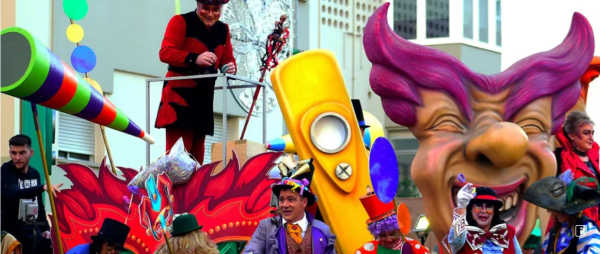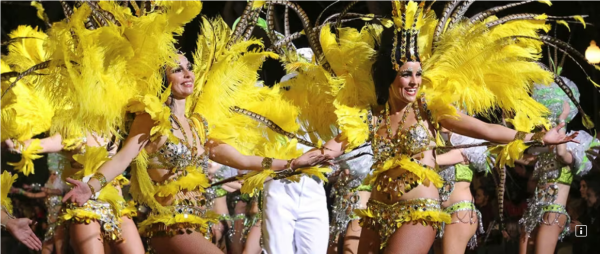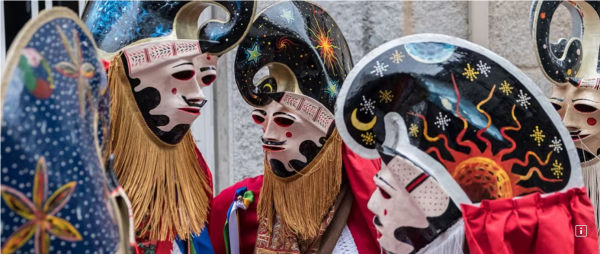SINGAPORE, 24 January 2024: There’s an open invitation to join carnival time in Spain by exploring spectacular festivals celebrated across the country.
Carnival is usually held in February or March, with the dates depending on the year, although some places even hold them earlier in January. The festivals are noted for humour, parodies, and costumes in the streets of Spanish towns and cities, all of which have their traditions.
Carnival in Spain is a cacophony of colourful outfits, dancing, music and parties. The largest celebrations occur on the Canary Island of Tenerife, in the coastal city of Cadiz and the seaside town of Sitges, near Barcelona.
Here are six amazing Spanish carnivals declared ‘Festivals of International Tourist Interest’.
Cadiz, in Andalusia, is the carnival of “comparsas”, “coros” and “chirigotas”: songs full of irony and criticism that are written by the different groups who participate in the fiesta. Explore the town centre and immerse yourself in an unbridled freedom and fun atmosphere. The festival runs from 8 to 18 February.

Carnival in Santa Cruz de Tenerife
One of the world’s biggest carnivals awaits you in the capital of the island of Tenerife. Join in the parades and be amazed by the imaginative, fancy and eye-catching costumes of the Carnival Queen hopefuls. Lose yourself in this celebration’s music, rhythm and joy with people from all over the planet. The festival ends on 18 February.

Another of the most famous carnivals is Águilas (Murcia). This festival is full of colour and features a multitude of parades and competitions in which the spectacular costumes take centre stage. Two of its traditions are particularly famous. The throwing of cascarones (eggs stuffed with confetti) and drinking “cuerva”, a drink many describe as a “magic potion” that awakens the carnival spirit. The festival runs from 8 to 17 February.
This Galician festival has the longest carnival programme in Spain. It begins on Fareleiro Sunday (three weeks before Carnival Sunday) and ends on Piñata Sunday. The parade of floats and troupes is led by a group of traditional masked characters called “pantallas” who wear belts with bells. They are responsible for ensuring people dress up and are the top stars of this celebration. Carnival Tuesday is the most important day. The festival ends on 18 February.

Dozens of carnival bands, known as comparsas, and thousands of people participate in the great Carnival Sunday Comparsas Parade. The festivities also include the Murgas musical competition and the Burial of the Sardine. The festival runs from 9 to 13 February.
Festivities during Carnival in Las Palmas de Gran Canaria
The city is flooded with people, colour and fun during these festivities, which have occurred since 1574. Highlights include the Great Parade, which attracts tens of thousands of people and stretches more than seven kilometres, and the Gala of the Carnival Queen, where the competitors wear stunning costumes of feathers and rhinestones. The Drag Queen Gala is another highlight. The festival ends on 18 February.
All over Spain
But these aren’t the only major carnivals held in Spain. There are others in many other locations, and they are always full of originality and joy.
At Verín Carnival (Galicia) highlights include the “fariñadas” (flour fights) and the strange masked figure of Cigarrón. We can recommend several other carnivals of national tourist interest, including Villarrobledo, La Bañeza, Ciudad Rodrigo (Toro Carnival), Miguelturra, Alcázar de San Juan (Carnavalcázar), Cebreros, Herencia and La Vijanera in Cantabria.
For more on Spain’s travel experiences, visit https://www.spain.info/en/
For the annual calendar of events in Spain check https://www.spain.info/en/calendar/

(Source: Spain Tourism Board – Southeast Asia, Australia & New Zealand).






